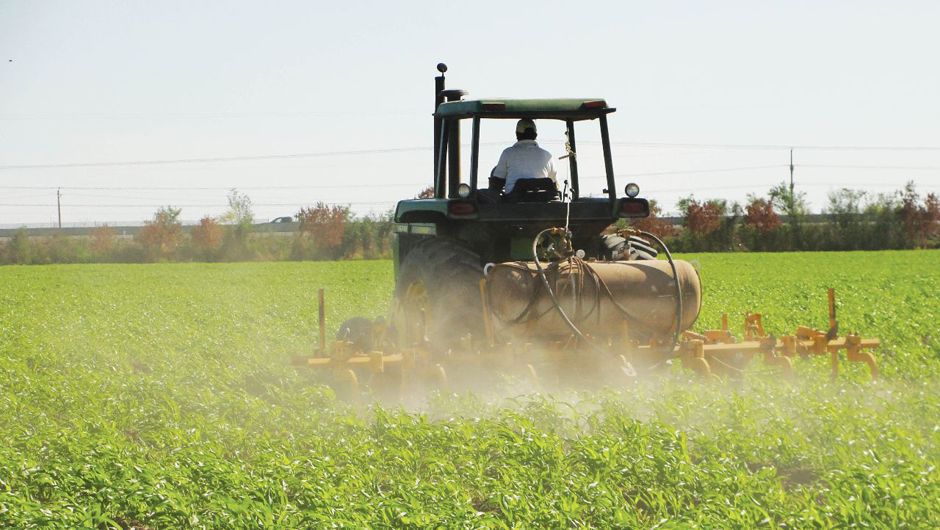Global fertilizer demand is driven primarily by cereal demand and prices.
These in turn are driven by population growth, agricultural land per capita, dietary changes in the developing world and increased consumption of biofuels.
According to the IFA, from 1976 to 2020, global fertilizer demand will grow 2% annually.
A study funded by the Food and Agriculture Organization of the United Nations (FAO) forecasts that the global use of fertilizers, composed of nitrogen, phosphate and potash, will increase 3% until 2023 to meet global food demand.
CVR Patners reports that the developed world currently uses fertilizers more intensively than the developing world, but sustained economic growth in emerging markets is increasing food demand and fertilizer use.
In addition, CVR Patners notes that populations in developing countries are adopting higher protein diets as their incomes rise, and that consumption requires more grain for animal feed.
As an example, China‘s wheat and coarse grains production is estimated to have increased 40% between 2011 and 2022, but still failed to keep pace with demand increases, leading China to increase its wheat and coarse grains imports by more than 1,307% during the same period, according to the United States Department of Agriculture (USDA).
Fertilizer
As populations and incomes continue to grow, more food is required from a shrinking supply of arable land per capita, requiring higher crop yields and thus more plant nutrients or fertilizers.
This trend, combined with a steady supply of certain commercial fertilizer inputs, including phosphate rock, contributed to stable global fertilizer demand through 2022, and SuperBac currently expects global demand to remain stable through 2023.
In particular, Brazil has been taking a leading role in global food production, and SuperBac expects this trend to intensify in the coming years.
Brazil’s agricultural sector relies heavily on fertilizer imports: approximately 85% of total Brazilian fertilizer consumption was imported in 2020.
In March 2022, Brazil launched a national fertilizer plan aimed at reducing the country’s dependence on fertilizer imports, which contemplates, among other things, the use of tax incentives for domestically produced fertilizer substitutes.

